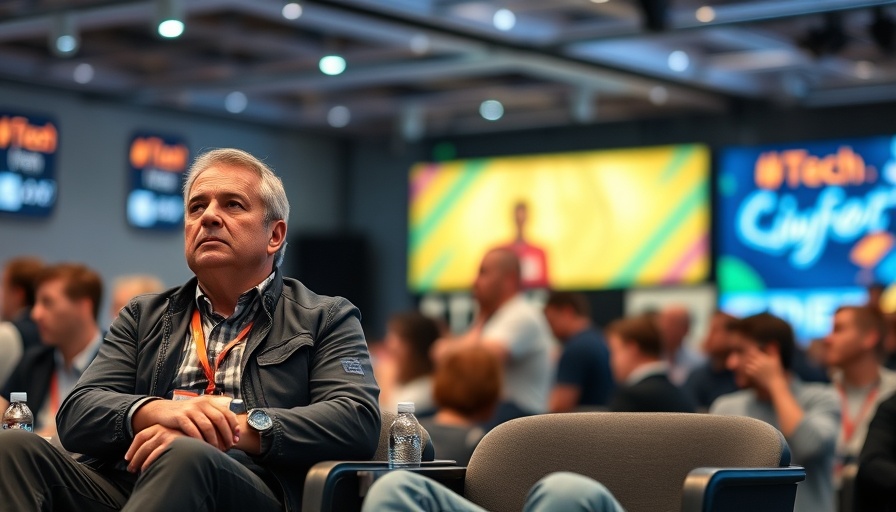
Unpacking the Human-Machine Trading Dynamic
In today's fast-paced financial markets, the ongoing competition between human capabilities and artificial intelligence (AI) invites both curiosity and skepticism. Traders lean on their instincts, weathering market fluctuations, while AI trading bots approach trades with relentless logic and precision. But can these robots really outperform human traders?
The Human Touch: An Edge or a Crutch?
Humans excel at emotional and intuitive analysis, often identifying patterns that algorithms may miss. A seasoned trader’s gut feeling can sometimes be attributed to years of subconscious data assimilation. However, this intuition can be a double-edged sword. Under pressure, humans tend to panic, second-guess their decisions, and react emotionally to losses—traits that can lead to disastrous trading outcomes.
Robotic Precision: Trading Without the Drama
Enter the realm of AI trading bots. These mechanical traders emphasize ruthlessness and efficiency. A well-programmed AI bot engages in trade iterations focused solely on entry and exit points, risk management, and driving profits without the distractions or emotional baggage that can plague human counterparts. In the turbulence of cryptocurrency and high-velocity stocks, bots shine brighter than their human counterparts, managing trades 24/7 without sleep or distractions.
The Dual Nature of the Trading Landscape
While AI bots have proven incredibly effective, they still face limitations. Traders relying on overarching narratives or slower market strategies may find the nuanced insights of human experience invaluable. Differences in strategy also highlight the capabilities of bots: skilled scalpers who thrive on short-term victories might envy the rapid execution of a bot while long-term swing traders may value the human analytic edge.
Are All Bots Created Equal?
Not all AI trading bots deliver parallel results. The trading bot landscape ranges from low-quality, unauthorized scripts to high-end systems developed with advanced quantitative logic and machine learning techniques. Users must tread carefully, understanding the potential risks to avoid falling prey to scams. Only sophisticated bots can adapt and refine their algorithms based on market conditions, ensuring superior performance.
The Future of Trading: Synthesis of Strengths
As financial markets evolve, it will be intriguing to see how traders and AI develop a symbiotic relationship. By integrating the emotional intelligence of human traders with the relentless efficiency of AI, a future where both coexist harmoniously may lead to optimal trading strategies. Understanding when to rely on AI and when to trust human intuition could reshape trading outcomes.
The critical question remains: can AI trading bots beat human traders? The answer depends on context, market demands, and the inherent strengths of each. It’s not about humans or machines winning; it’s about leveraging the best of both worlds to navigate the challenges of trading in a digital age.
Take Action: Explore AI in Your Trading Strategy
Consider integrating AI-driven solutions into your trading practice. Assess your strengths and weaknesses and contemplate how technology can enhance your trading outcomes. Whether you choose to utilize AI trading bots exclusively or combine methods, being informed and adapting to trends is paramount in today’s market landscape.
 Add Row
Add Row  Add
Add 




Write A Comment